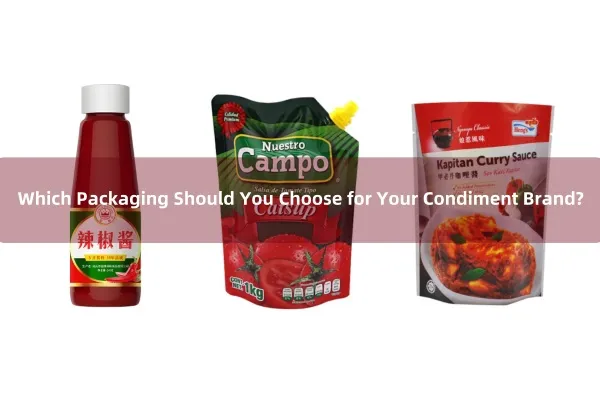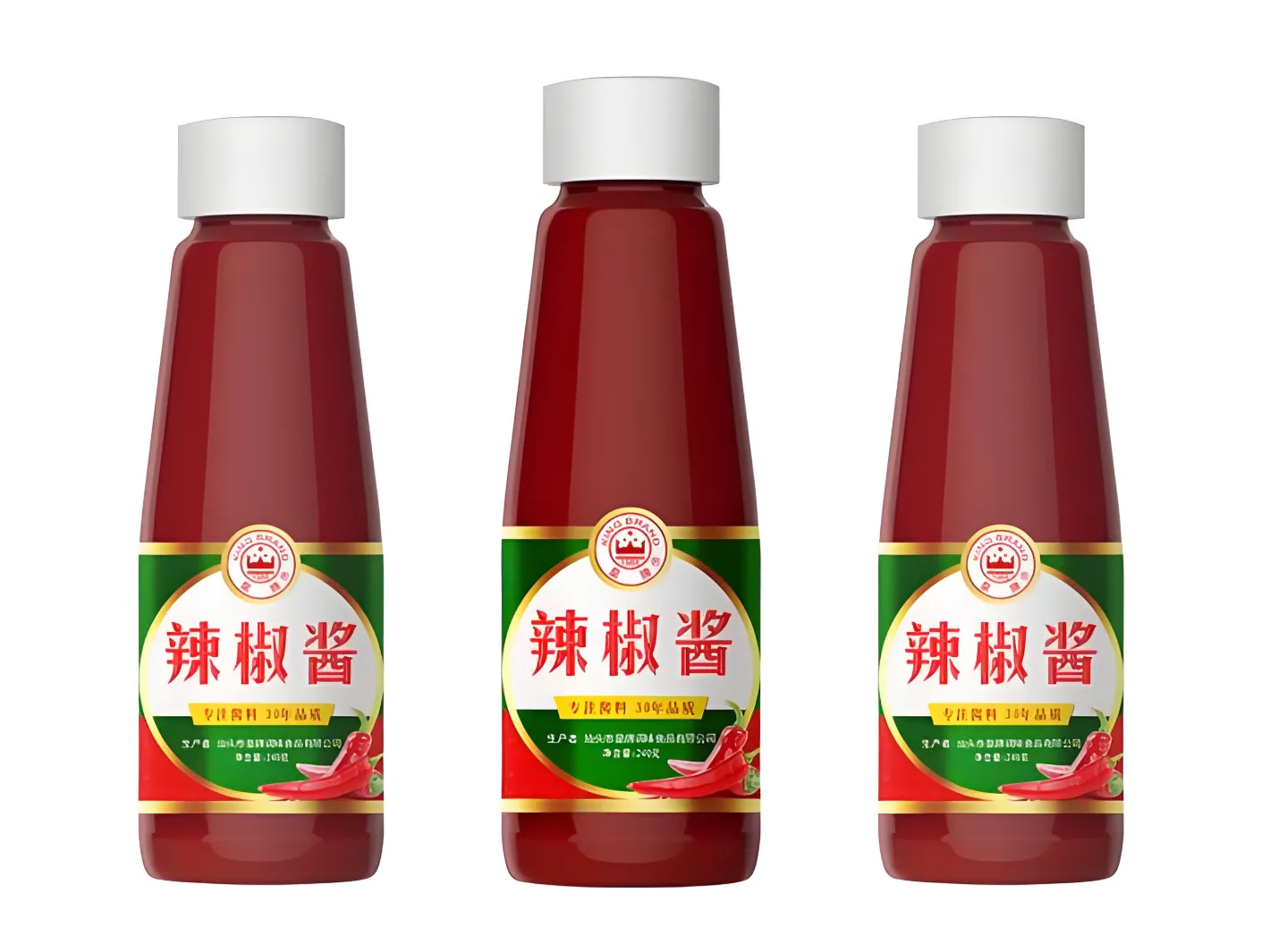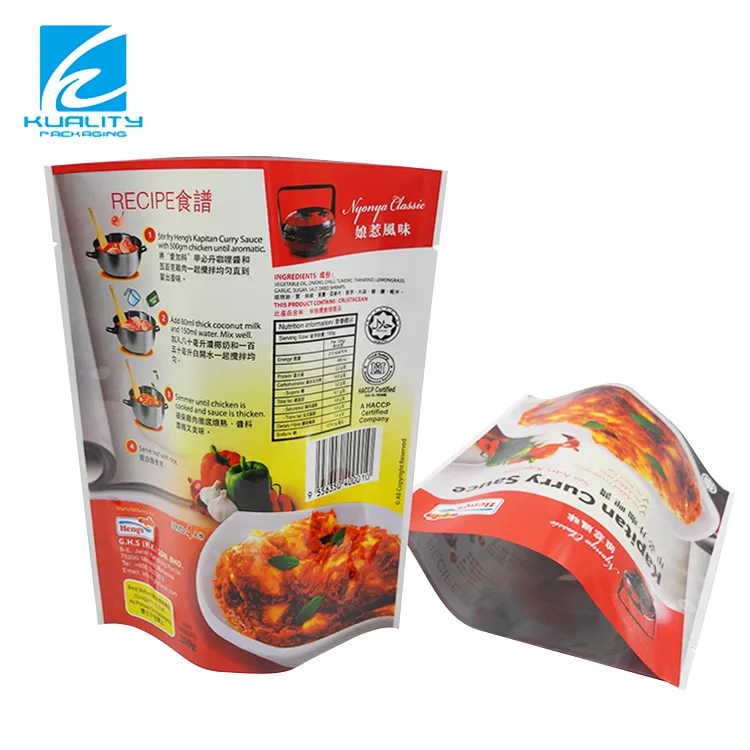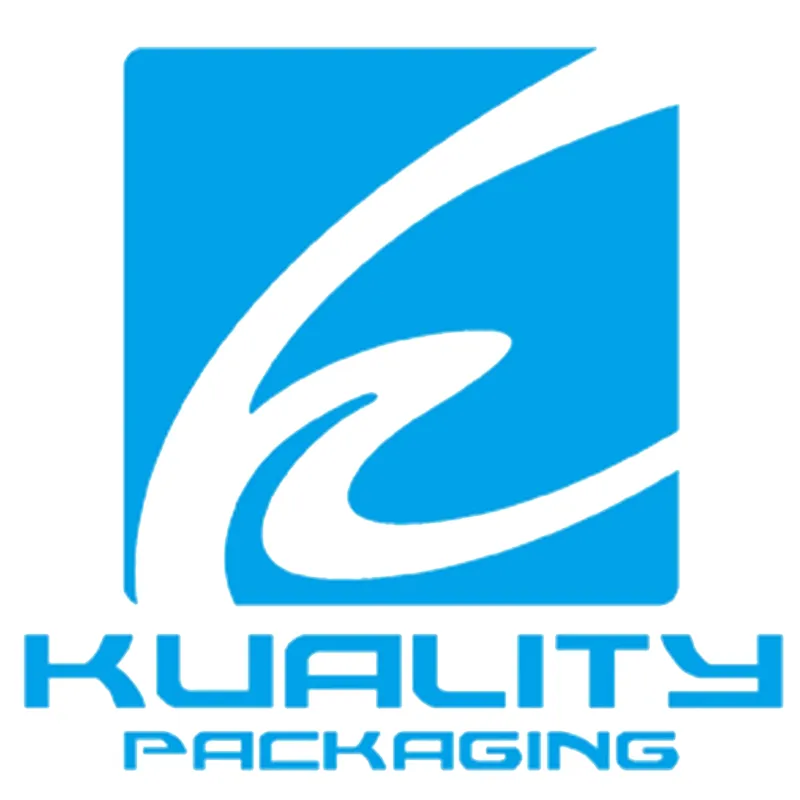
Choosing the right packaging for condiments not only affects product image and user experience but is also directly related to cost control, sustainability goals, and market competitiveness. As a condiment packaging bag manufacturer that has been deeply involved in the field of flexible packaging, Ambalaje Huiyang will analyze the pros and cons of three mainstream packaging forms – glass/plastic bottles, spout pouches, and disposable sauce packaging – to help you make wise decisions.
Bottles: A classic choice, but facing challenges

Bottles (glass or plastic) are traditional packaging for condiments such as ketchup and salad dressing, suitable for the mid-to-high-end market.
Advantages:
High-end texture: Glass bottles convey a “high-end feel” and are reusable, which fits the healthy and organic brand positioning.
Strong sealing: Oxygen-sensitive products (such as vinegar and nut butter) stay fresher longer.
Display-friendly: Standardized bottles are easy to place on shelves and suitable for supermarket channels.
Disadvantages:
High cost: Glass bottles consume a lot of energy to produce and are fragile in transportation, and plastic bottles are controversial in environmental protection.
Inconvenient to use: It is laborious to squeeze, there is a lot of residual waste, and it is not portable.
Design limitations: The printing area of the bottle label is limited, and it is difficult to highlight the brand vision.
Applicable scenarios: Mainly targeting the high-end gift market or fermented condiments that need to be kept fresh for a long time.
Stand-up pouch with spout: a “dark horse” that combines innovation and environmental protection
Stand-up pouches with a spout are becoming a popular choice for hot sauce, cooking oil, sauce, and other categories due to their light weight and resealable characteristics.
Advantages:
Cost saving: 60%-80% lighter than bottles, and logistics costs are reduced by up to 40%.
Ultimate convenience: Precisely control the amount of pouring, and the standing design saves kitchen space.
Environmental bonus: Use recyclable materials (such as PE/PP composite film) to reduce plastic use by more than 75%.
Eye-catching design: Full-width high-definition printing, customized special-shaped bags, metallic texture, and other differentiated appearances.
Disadvantages:
Viscosity limit: Overly thick products (such as peanut butter) require a customized wide-mouth design.
Initial investment: High mold opening costs, high pressure on cost sharing for small batch orders.
Applicable scenarios: Fast-moving consumer brands that focus on user experience and emerging brands that pursue sustainable development.
Disposable sauce packaging: low price and high efficiency, but environmental protection must be weighed
Sauce packaging bags are widely used in fast food restaurants for ketchup, soy sauce, and other sauces, suitable for B-end bulk purchases.

Advantages:
Extremely low price: The cost of a single bag can be as low as 0.1 yuan or less, suitable for promotional trial packs.
Super portable: Light as a feather, perfect for takeout, airline meals, and other scenes.
Hygiene and safety: Independent packaging avoids cross-contamination and extends shelf life.
Disadvantages:
Environmental controversy: Most are non-recyclable composite films, which are prone to plastic waste.
Weak brand value: Small size limits design space and makes it difficult to convey a high-end image.
Applicable scenarios: Catering supply chain customers, start-up brands that need low-cost distribution.
How to choose the best sauce packaging for your brand? 3 key questions
- Product characteristics: Sauces with strong fluidity are suitable for spout bags, and high-viscosity sauces may require bottles or reinforced stand-up bags.
- Target customer group: Young consumers prefer environmentally friendly, portable packaging, and high-end customers prefer the texture of glass bottles.
- Cost structure: Sauce bags are suitable for small profits and quick turnover, stand-up bags balance costs and premium space, and bottles are suitable for high-profit products.
Huiyang Packaging: Your partner for condiment soft packaging innovation
As a condiment packaging bag manufacturer that has focused on food packaging for 25 years, Ambalaje Huiyang provides one-stop solutions for global customers:
Design personalizat
From stand-up bag leak-proof spouts to degradable sauce bags, we tailor packaging structures according to product characteristics.
Material innovation
High barrier film: Extend the shelf life of hot sauce and jam to 18 months.
Environmentally friendly options: Recyclable PE and plant-based biofilm help brands transform green.
Intelligent production
100,000-level cleanroom, in compliance with FDA and ISO22000 standards, supports small batch prototyping to million-level mass production.
Value-added services
We provide competitive product analysis, packaging testing, and global logistics distribution to help you quickly seize the market.
Case reference:
Designed an 8-layer co-extruded film stand-up bag for a Southeast Asian hot sauce brand, which blocks light and prevents oxidation, and increased sales by 30%.
Developed a tearable sauce bag to help chain catering customers reduce 50% of seasoning waste.
Take action now and make packaging your sales weapon!
Whether you need a mouth-mounted condiment stand-up bag, an environmentally friendly sauce bag, or a customized bottle solution, Huiyang Packaging can help you break through the market with cost-effective and agile services.
Click here to get free samples and quotes
Add WeChat [13433772669] to consult limited-time offers!

.webp)